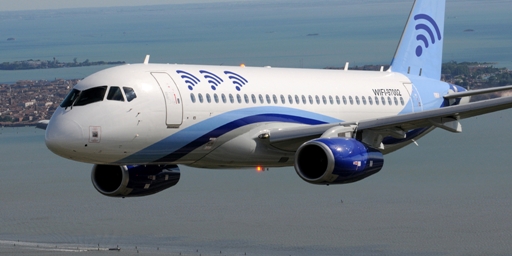Air-Ground Tracking
For years, stepping on a flight meant a guaranteed loss of internet connectivity. Insufficient bandwidth, lagging video streaming, and webpage timeouts made in-flight surfing or downloading a frustrating event. However, air-to-ground tracking has revolutionized the availability of internet connectivity while in-flight.

Air-to-ground tracking works by establishing a series of ground stations along a designated path. Beam-forming antennas are placed at the sites to connect with properly outfitted planes flying overhead. Once a plane follows the path of these established ground stations, the air-to-ground tracking technology allows passengers to enjoy the high-bandwidth, low latency connectivity previously only available to them in their homes. In-flight, air-to-ground tracking can provide passengers with connectivity speeds of up to 100Mbit/sec while the plane reaches altitudes of up to 45,000 feet.
Air-to-ground tracking also helps planes maintain a consistent in-flight broadband experience. The longer that the aircraft follows the established terrestrial stations, the longer passengers can enjoy the high-bandwidth speeds previously unrealized on commercial airplanes.
In addition to increasing passenger and crew comfort on commercial flights, air-to-ground tracking can be used to download flight and plane data on the ground to study safety and preventative maintenance. By sharing this data in-flight as opposed to between flights, operators have a better chance of catching mechanical failures or wearable parts quicker, saving passengers and crew from potential danger.